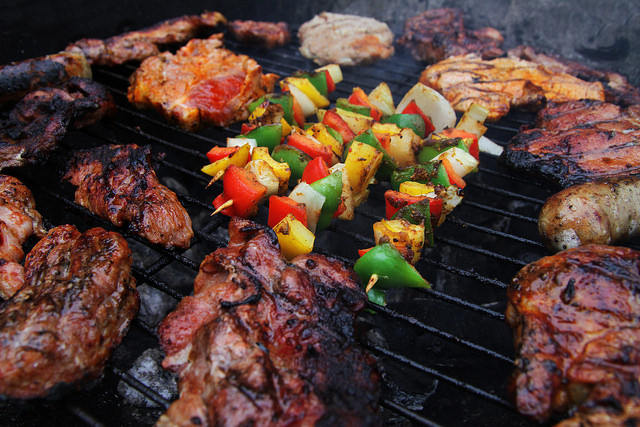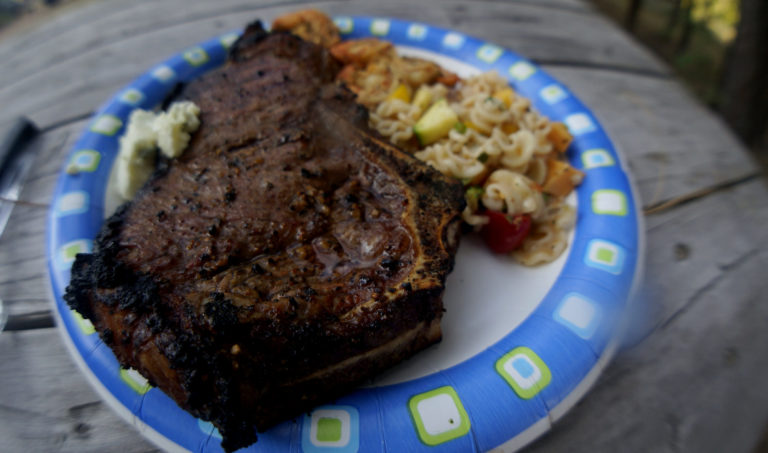
Meet Robert, a UFCW everyday expert
Robert Young, Jr. is a butcher at Stop & Shop in Belle Harbor, NY and a UFCW Local 342 shop steward. With almost four decades of answering customer’s questions about meat, he’s got an arsenal of useful tips for those breaking out the grill for a summer cookout.
“When it comes to charcoal vs. gas grills, it’s all about preference,” Young says. “But if you are heavy handed with your lighter fluid or use pre-soaked charcoals, that flavor can seep into your food. The key is to keep your meat moving.”
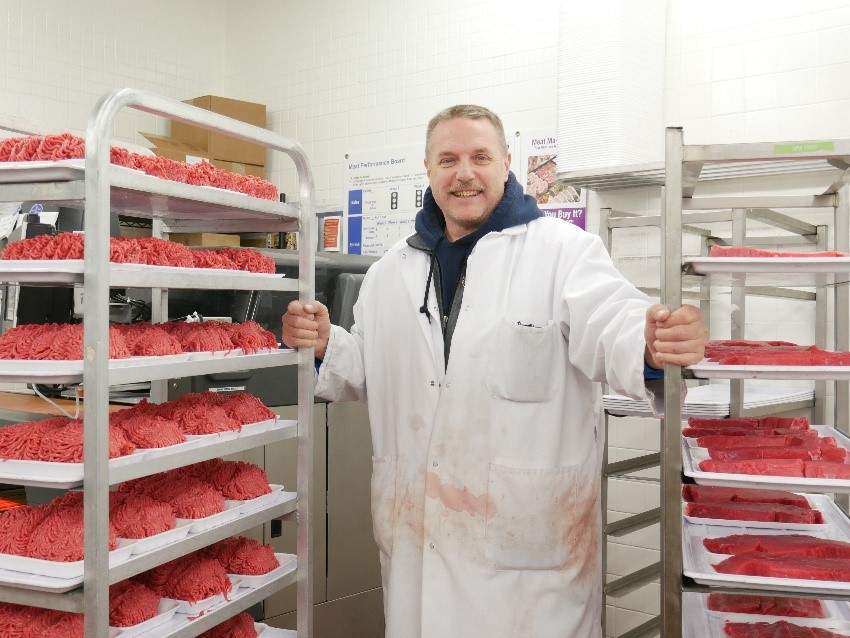
Chicken
1.) Be careful not to dry it out
Boneless, skinless chicken cooks faster, so pay attention at the grill so that it doesn’t burn or dry out
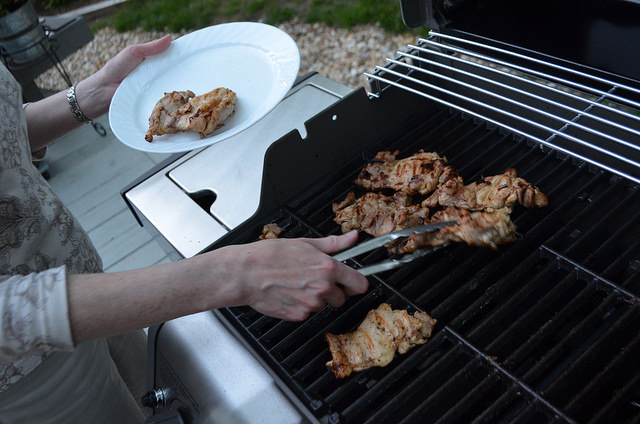 2.) Watch out for flare ups
2.) Watch out for flare ups
Chicken with skin or bones cooks longer but is juicier, but that means it’s easier to have flare-ups – avoid these by having a clean grill, and have a spray bottle or hose nearby just in case.
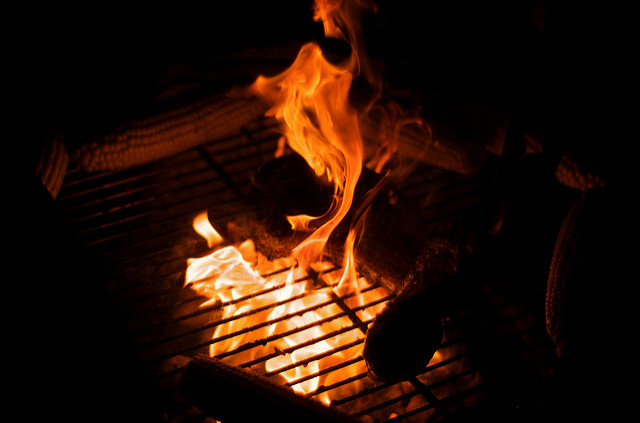 Steaks
Steaks
3.) Pick the right cut
Any steak in the round-top family is great for grilling, especially London Broil (but not bottom round. Other great grilling steaks are shell, ribeye, strip, and flank.
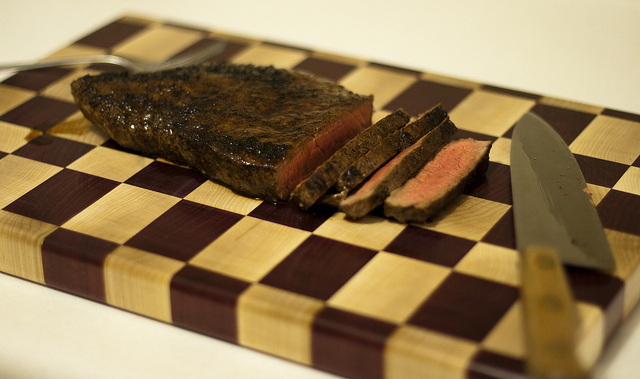 4.) Turn up the heat
4.) Turn up the heat
To grill steaks, you want a HOT grill—450 to 500 degrees.
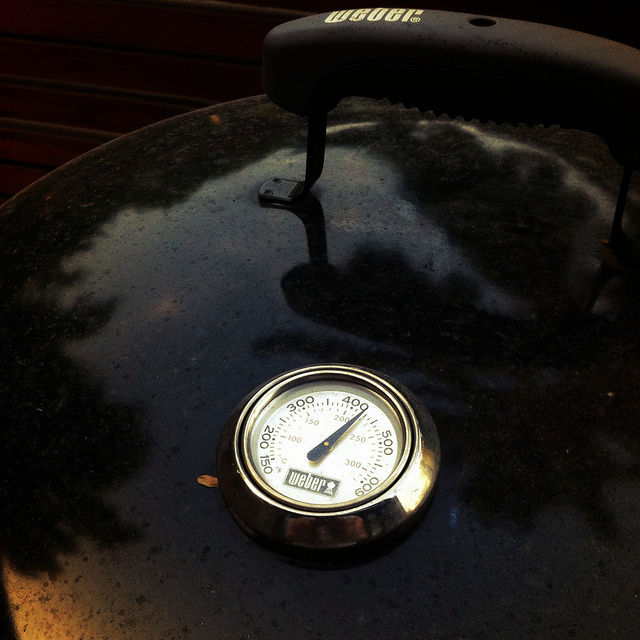 5.) Watch those steaks
5.) Watch those steaks
To cook, leave the steak on one side for two minutes until grill marks appear. Then turn it and leave for another 2-3 minutes until you have created grill marks going in the other direction. Then turn the steak over and repeat the process on the other side.
The key to grilling is paying attention and staying at the grill—not being distracted or walking away.
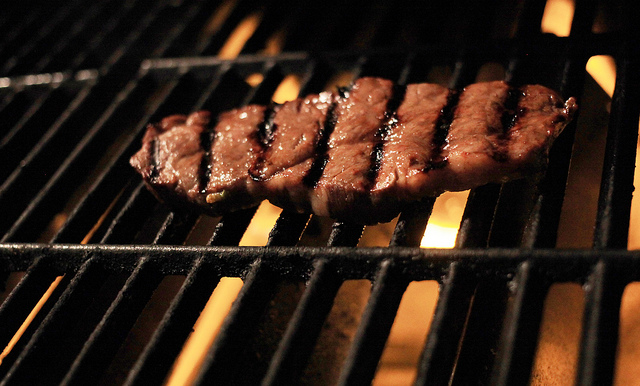 Burgers
Burgers
6. ) Aim for half a pound
Any pre-packaged burger is fine, but if making your own by hand out of chopped meat, a half-pound per burger is ideal because it will account for loss of juices and shrinkage in size, or any pieces that might fall through the grill. Don’t make any larger however. They are great to make and then freeze to grill later.
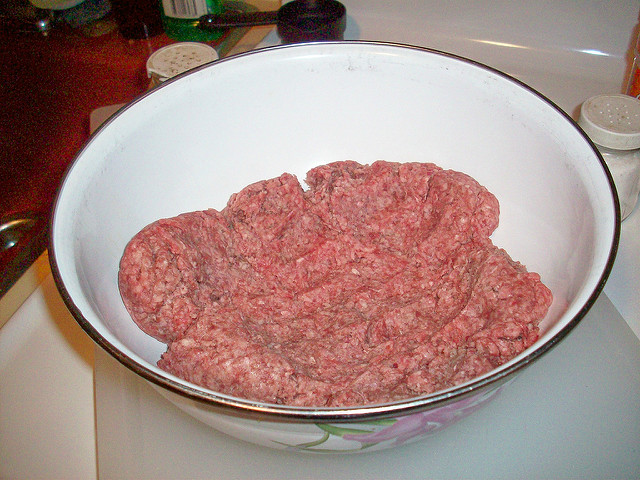 7.) Don’t squish them
7.) Don’t squish them
Don’t press the burgers down when cooking them, you’ll lose juices.
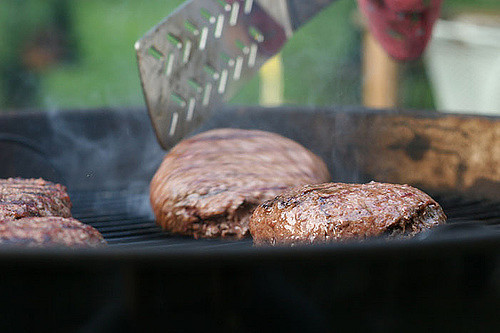 8.) Keep it HOT
8.) Keep it HOT
Burgers or other beef should also be cooked at a high heat.
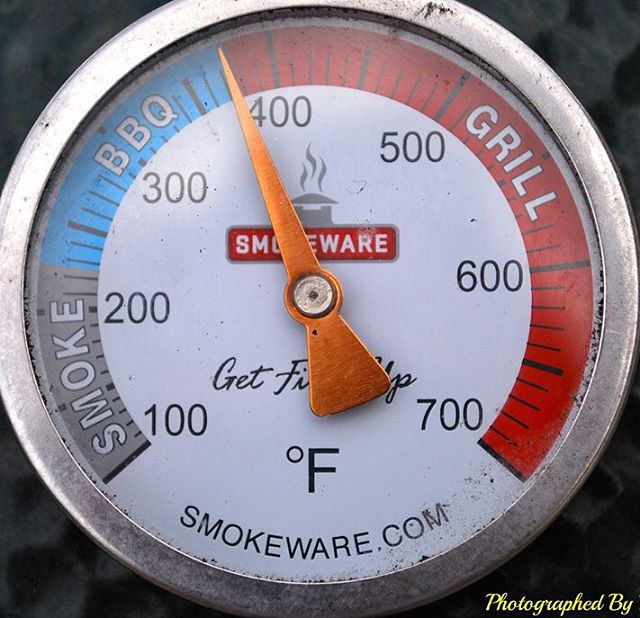 9.) Check how “well done” they are
9.) Check how “well done” they are
If trying to determine how cooked your burgers are, you can gently press your thumb into the middle of the patty. If it springs back quickly, it’s probably well done. If the meat retains the thumb print, it’s rare. You can also use a BBQ fork or spatula to do this to avoid touching the meat.
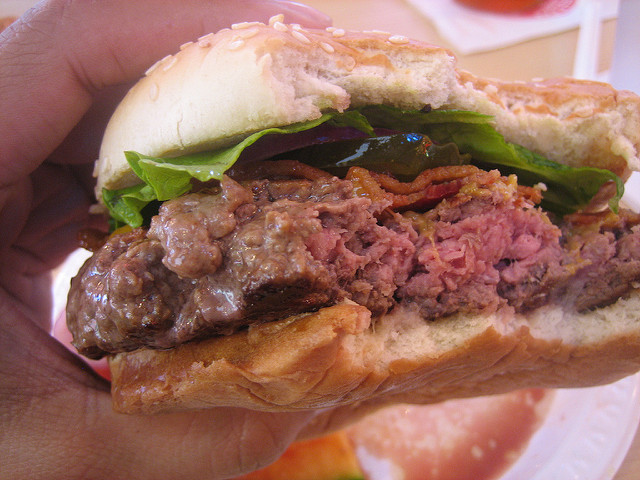 Pork Chops
Pork Chops
10.) Cool it off
Pork chops don’t need to be cooked at such a high temp—closer to 375 or 400 degrees, because it is a white, leaner meat.
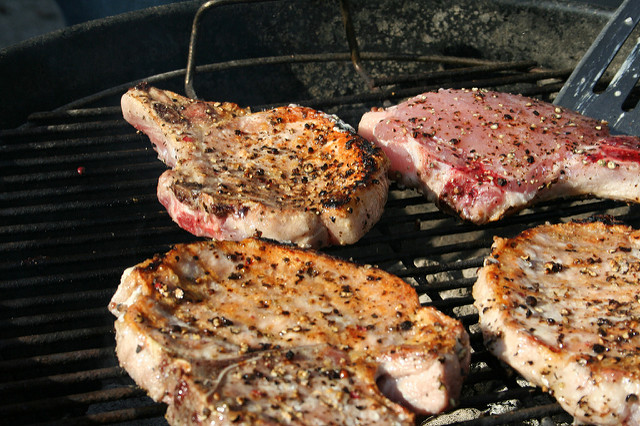 11.) Flip it
11.) Flip it
Cook your chops the same way you would a steak, flipping once or twice.
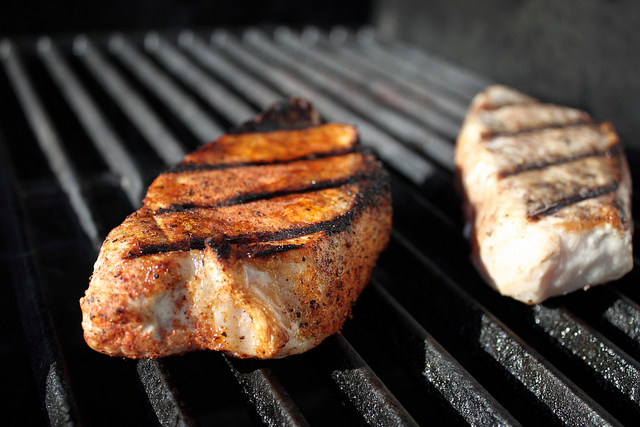 12.) Keep it to the edges
12.) Keep it to the edges
You can set your pork, or anything that requires a lower temperature, aside on the grill at a lower flame if you want to cook something that requires a hotter temperature (like burgers) at the same time.
